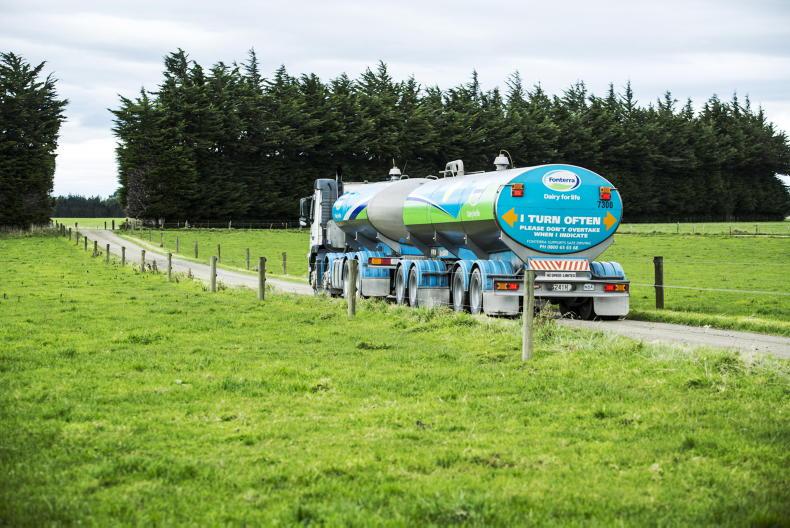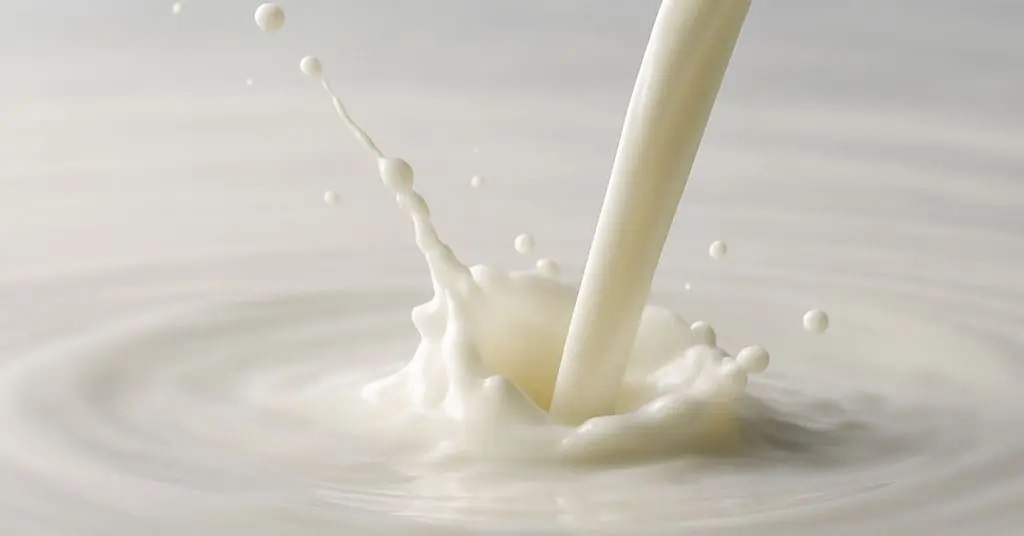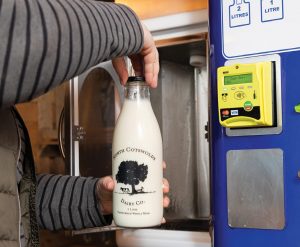
Global Milk Production Forecast to Surge, Driven by Asia & Africa.
The global dairy sector is poised for remarkable expansion, with milk production projected to be the fastest-growing agricultural commodity over the next decade. According to the OECD-FAO Agricultural Outlook 2025-2034, world milk output is forecast to increase by 1.8% annually, reaching 1.146 billion tonnes (1.112 billion litres) by 2034. This represents a substantial increase of 208 million tonnes (202 million litres) compared to the 2022-2024 average, highlighting a robust outlook for dairy economics.
The majority of this impressive milk production growth will originate from Asian and African countries, with India and Pakistan leading the charge. India’s volumes are expected to soar from 236.7 million tonnes in 2025 to 323.3 million tonnes in 2034, adding 84 million litres over the decade. Pakistan is also set for significant expansion, with output projected to climb from 66.6 billion tonnes (64.6 billion litres) in 2025 to 87 billion tonnes (81.5 billion litres) by 2034. In contrast, growth will be slower in the US and New Zealand, while the European Union is forecast to see a slight decline due to falling cow numbers despite yield increases.
A striking disparity in dairy cow yield remains a key factor in global production dynamics. Milk yield per cow in OECD member (developed) countries is nearly four times higher than in developing nations. In 2025, developed countries are expected to average 6.86 tonnes (6,654 litres) per cow, compared to 1.8 tonnes (1,746 litres) in developing regions. This means four cows in developing countries are needed to match the output of just one in Europe or North America, underscoring the potential for efficiency gains to reduce greenhouse gas emissions in global dairy production.
Despite the projected surge in overall production, international dairy trade will remain relatively small, with less than 7% of global milk production traded across borders due to its perishability and high water content, predominantly in dried powder forms. However, international trade in dairy products is still forecast to grow by 12% to 13.8 million tonnes over the next decade. This trade will continue to be dominated by the “Big Three” exporters: the US, New Zealand, and the EU, collectively projected to account for 64% of cheese, 69% of Whole Milk Powder (WMP), 73% of butter, and 78% of Skim Milk Powder (SMP) exports by 2034.
The outlook for the decade ahead is overwhelmingly positive for the dairy industry, affirming its position as one of agriculture’s fastest-growing sectors. While regions like Ireland, which experienced significant post-quota growth, anticipate future expansion will be yield-driven and more limited, global demand for dairy exports is expected to remain strong. Crucially, most of the increased milk production in the coming decade is forecast to occur in countries less active in international trade, primarily targeting their burgeoning domestic markets, indicating robust internal consumption driving overall growth.
Source: Farmers Journal: Dairy will be fastest growing commodity in next decade
You can now read the most important #news on #eDairyNews #Whatsapp channels!!!
🇺🇸 eDairy News INGLÊS: https://whatsapp.com/channel/0029VaKsjzGDTkJyIN6hcP1K




















